Submitted:
01 June 2023
Posted:
01 June 2023
You are already at the latest version
Abstract
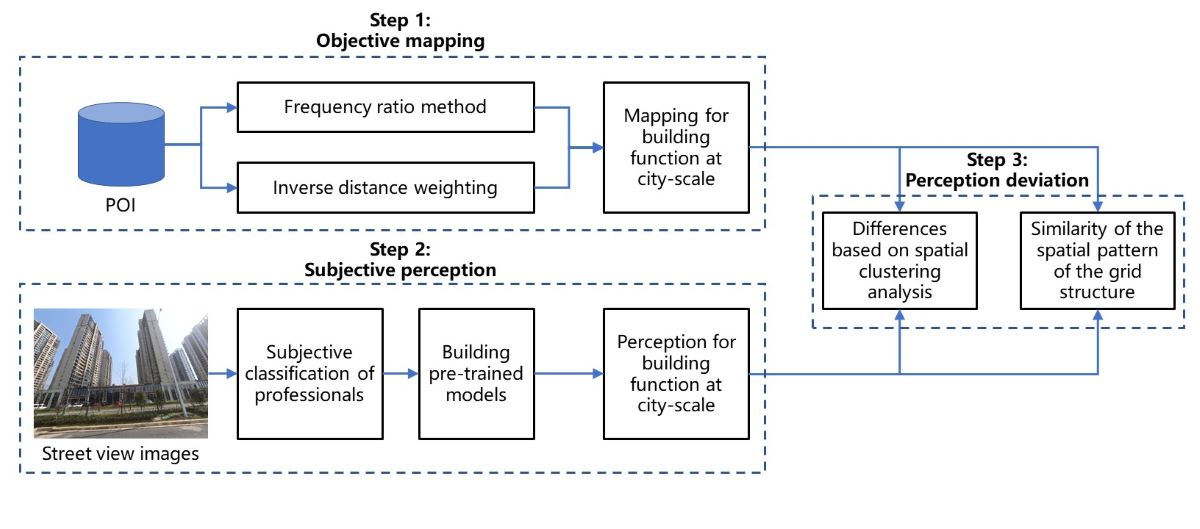
Keywords:
1. Introduction
2. Related works
2.1. Overview of subjective perception in urban cognition
2.2. Overview of objective mapping in urban cognition
2.3. Application of machine learning in urban perception
3. Methodology
3.1. Study area
3.2. Functional classification of urban buildings based on POI data
3.2.1. POI data acquisition and pre-processing
3.2.2. Frequency ratio method
3.2.3. Inverse distance weighting
3.3. Functional classification of buildings based on visual perception of street view images
3.3.1. Street view image acquisition and pre-processing
3.3.2. Building semantic segmentation and image classification
3.4. The deviation between objective mapping and subjective perception of building functions at city scale
3.4.1. Spatial distribution variance analysis based on K-means clustering
3.4.2. Analysis of the similarity of the spatial pattern of the grid structure
4. Experiments and results
4.1. POI-based building classification results
4.2. Building classification results based on street view images
4.2.1. Classification accuracy of deep learning models
4.2.2. Building function classification results and spatial distribution
4.3. The result of deviation between objective statistics and subjective perception of building functions
4.3.2. Results of spatial pattern similarity analysis of grid structure
5. Discussion
5.1. The significance of perceptual deviations for urban science
5.2. Potential applications of perceptual deviations on improving urban planning and development
5.3. Potential limitations and future research
6. Conclusions
Author Contributions
Funding
Data Availability Statement
Acknowledgments
Conflicts of Interest
References
- L. Porzi, S. Rota Bulò, B. Lepri, and E. Ricci, “Predicting and Understanding Urban Perception with Convolutional Neural Networks,” in Proceedings of the 23rd ACM international conference on Multimedia, in MM ’15. New York, NY, USA: Association for Computing Machinery, Oct. 2015, pp. 139–148. [CrossRef]
- F. Zhang and X. Ye, “What Can We Learn from ‘Deviations’ in Urban Science?,” in New Thinking in GIScience, B. Li, X. Shi, A.-X. Zhu, C. Wang, and H. Lin, Eds., Singapore: Springer Nature, 2022, pp. 301–308. [CrossRef]
- J. Kang and M. Zhang, “Semantic differential analysis of the soundscape in urban open public spaces,” Building and Environment, vol. 45, no. 1, pp. 150–157, Jan. 2010. [CrossRef]
- F. Zhang, Z. Fan, Y. Kang, Y. Hu, and C. Ratti, “‘Perception bias’: Deciphering a mismatch between urban crime and perception of safety,” Landscape and Urban Planning, vol. 207, p. 104003, Mar. 2021. [CrossRef]
- Y. Deng et al., “Identify urban building functions with multisource data: a case study in Guangzhou, China,” International Journal of Geographical Information Science, vol. 36, no. 10, pp. 2060–2085, Oct. 2022. [CrossRef]
- S. B. Ali and S. Patnaik, “Thermal comfort in urban open spaces: Objective assessment and subjective perception study in tropical city of Bhopal, India,” Urban Climate, vol. 24, pp. 954–967, Jun. 2018. [CrossRef]
- Y. Zhang and R. Dong, “Impacts of Street-Visible Greenery on Housing Prices: Evidence from a Hedonic Price Model and a Massive Street View Image Dataset in Beijing,” ISPRS International Journal of Geo-Information, vol. 7, no. 3, Art. no. 3, Mar. 2018. [CrossRef]
- F. Zhang, L. Wu, D. Zhu, and Y. Liu, “Social sensing from street-level imagery: A case study in learning spatio-temporal urban mobility patterns,” ISPRS Journal of Photogrammetry and Remote Sensing, vol. 153, pp. 48–58, Jul. 2019. [CrossRef]
- H. Ji, L. Qing, L. Han, Z. Wang, Y. Cheng, and Y. Peng, “A New Data-Enabled Intelligence Framework for Evaluating Urban Space Perception,” ISPRS International Journal of Geo-Information, vol. 10, no. 6, Art. no. 6, Jun. 2021. [CrossRef]
- Y. Tang, J. Zhang, R. Liu, and Y. Li, “Exploring the Impact of Built Environment Attributes on Social Followings Using Social Media Data and Deep Learning,” IJGI, vol. 11, no. 6, p. 325, May 2022. [CrossRef]
- Y. Yuan, Y. Lu, T. E. Chow, C. Ye, A. Alyaqout, and Y. Liu, “The Missing Parts from Social Media–Enabled Smart Cities: Who, Where, When, and What?,” Annals of the American Association of Geographers, vol. 110, no. 2, pp. 462–475, Mar. 2020. [CrossRef]
- T. Rossetti, H. Lobel, V. Rocco, and R. Hurtubia, “Explaining subjective perceptions of public spaces as a function of the built environment: A massive data approach,” Landscape and Urban Planning, vol. 181, pp. 169–178, Jan. 2019. [CrossRef]
- T. Chen, W. Lang, and X. Li, “Exploring the Impact of Urban Green Space on Residents’ Health in Guangzhou, China,” Journal of Urban Planning and Development, vol. 146, no. 1, p. 05019022, Mar. 2020. [CrossRef]
- N. He and G. Li, “Urban neighbourhood environment assessment based on street view image processing: A review of research trends,” Environmental Challenges, vol. 4, p. 100090, Aug. 2021. [CrossRef]
- L. Meng, K.-H. Wen, Z. Zeng, R. Brewin, X. Fan, and Q. Wu, “The Impact of Street Space Perception Factors on Elderly Health in High-Density Cities in Macau—Analysis Based on Street View Images and Deep Learning Technology,” Sustainability, vol. 12, no. 5, Art. no. 5, Jan. 2020. [CrossRef]
- J. A. Vallejo-Borda, V. Cantillo, and A. Rodriguez-Valencia, “A perception-based cognitive map of the pedestrian perceived quality of service on urban sidewalks,” Transportation Research Part F: Traffic Psychology and Behaviour, vol. 73, pp. 107–118, Aug. 2020. [CrossRef]
- X. Fu, T. Jia, X. Zhang, S. Li, and Y. Zhang, “Do street-level scene perceptions affect housing prices in Chinese megacities? An analysis using open access datasets and deep learning,” PLOS ONE, vol. 14, no. 5, p. e0217505, May 2019. [CrossRef]
- S. Hugh and M. S. Fox, “Homelessness and Open City Data: Addressing a Global Challenge,” in Open Cities | Open Data: Collaborative Cities in the Information Era, S. Hawken, H. Han, and C. Pettit, Eds., Singapore: Springer Nature, 2020, pp. 29–55. [CrossRef]
- L. Gan, H. Shi, Y. Hu, B. Lev, and H. Lan, “Coupling coordination degree for urbanization city-industry integration level: Sichuan case,” Sustainable Cities and Society, vol. 58, p. 102136, Jul. 2020. [CrossRef]
- A. Loder, L. Ambühl, M. Menendez, and K. W. Axhausen, “Understanding traffic capacity of urban networks,” Sci Rep, vol. 9, no. 1, Art. no. 1, Nov. 2019. [CrossRef]
- F. Lyu and L. Zhang, “Using multi-source big data to understand the factors affecting urban park use in Wuhan,” Urban Forestry & Urban Greening, vol. 43, p. 126367, Jul. 2019. [CrossRef]
- K. Shi, Z. Chang, Z. Chen, J. Wu, and B. Yu, “Identifying and evaluating poverty using multisource remote sensing and point of interest (POI) data: A case study of Chongqing, China,” Journal of Cleaner Production, vol. 255, p. 120245, May 2020. [CrossRef]
- I. U. Din, M. Guizani, J. J. P. C. Rodrigues, S. Hassan, and V. V. Korotaev, “Machine learning in the Internet of Things: Designed techniques for smart cities,” Future Generation Computer Systems, vol. 100, pp. 826–843, Nov. 2019. [CrossRef]
- V. Chaturvedi and W. T. de Vries, “Machine Learning Algorithms for Urban Land Use Planning: A Review,” Urban Science, vol. 5, no. 3, Art. no. 3, Sep. 2021. [CrossRef]
- S. Nosratabadi, A. Mosavi, R. Keivani, S. Ardabili, and F. Aram, “State of the Art Survey of Deep Learning and Machine Learning Models for Smart Cities and Urban Sustainability,” in Engineering for Sustainable Future, A. R. Várkonyi-Kóczy, Ed., in Lecture Notes in Networks and Systems. Cham: Springer International Publishing, 2020, pp. 228–238. [CrossRef]
- S. Fathi, R. Srinivasan, A. Fenner, and S. Fathi, “Machine learning applications in urban building energy performance forecasting: A systematic review,” Renewable and Sustainable Energy Reviews, vol. 133, p. 110287, Nov. 2020. [CrossRef]
- M. Goldhammer, S. Köhler, S. Zernetsch, K. Doll, B. Sick, and K. Dietmayer, “Intentions of Vulnerable Road Users—Detection and Forecasting by Means of Machine Learning,” IEEE Transactions on Intelligent Transportation Systems, vol. 21, no. 7, pp. 3035–3045, Jul. 2020. [CrossRef]
- C. E. Kontokosta, B. Hong, N. E. Johnson, and D. Starobin, “Using machine learning and small area estimation to predict building-level municipal solid waste generation in cities,” Computers, Environment and Urban Systems, vol. 70, pp. 151–162, Jul. 2018. [CrossRef]
- D. Ki and S. Lee, “Analyzing the effects of Green View Index of neighborhood streets on walking time using Google Street View and deep learning,” Landscape and Urban Planning, vol. 205, p. 103920, Jan. 2021. [CrossRef]
- J. Gehl, Cities for people. Island press, 2013.
- G. Du, X. Cao, J. Liang, X. Chen, and Y. Zhan, “Medical image segmentation based on u-net: A review,” Journal of Imaging Science and Technology, vol. 64, no. 2, pp. 20508–1, 2020. [CrossRef]
- H. Zhao, J. Shi, X. Qi, X. Wang, and J. Jia, “Pyramid scene parsing network,” in Proceedings of the IEEE conference on computer vision and pattern recognition, 2017, pp. 2881–2890.
- L.-C. Chen, G. Papandreou, I. Kokkinos, K. Murphy, and A. L. Yuille, “Deeplab: Semantic image segmentation with deep convolutional nets, atrous convolution, and fully connected crfs,” IEEE transactions on pattern analysis and machine intelligence, vol. 40, no. 4, pp. 834–848, 2017.
- M. Tan and Q. Le, “EfficientNetV2: Smaller Models and Faster Training,” in Proceedings of the 38th International Conference on Machine Learning, PMLR, Jul. 2021, pp. 10096–10106. Accessed: May 29, 2023. [Online]. Available: https://proceedings.mlr.press/v139/tan21a.html.
- T. E. Oliphant, A guide to NumPy, vol. 1. Trelgol Publishing USA, 2006.
- F. Pedregosa et al., “Scikit-learn: Machine learning in Python,” the Journal of machine Learning research, vol. 12, pp. 2825–2830, 2011.
- M. L. Waskom, “Seaborn: statistical data visualization,” Journal of Open Source Software, vol. 6, no. 60, p. 3021, 2021.
- J. Ji, J. Li, S. Yan, Q. Tian, and B. Zhang, “Min-max hash for jaccard similarity,” in 2013 IEEE 13th International Conference on Data Mining, IEEE, 2013, pp. 301–309.
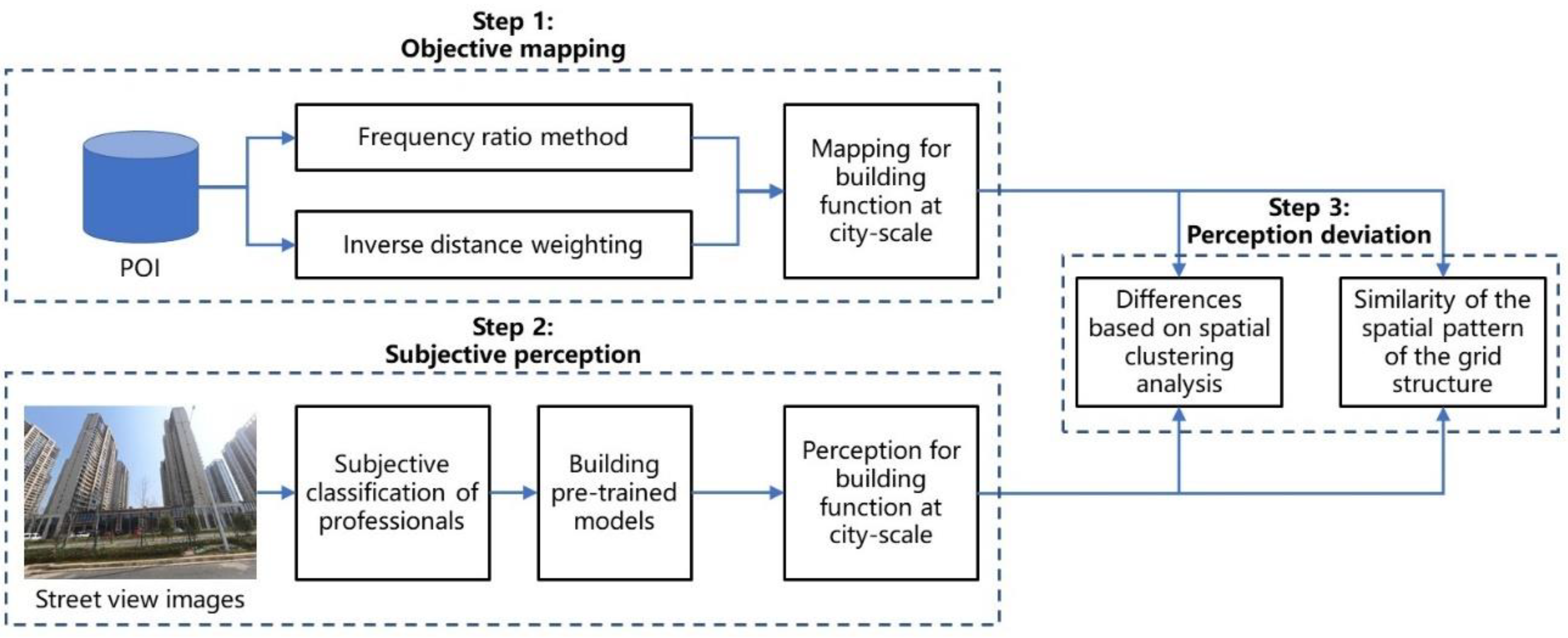
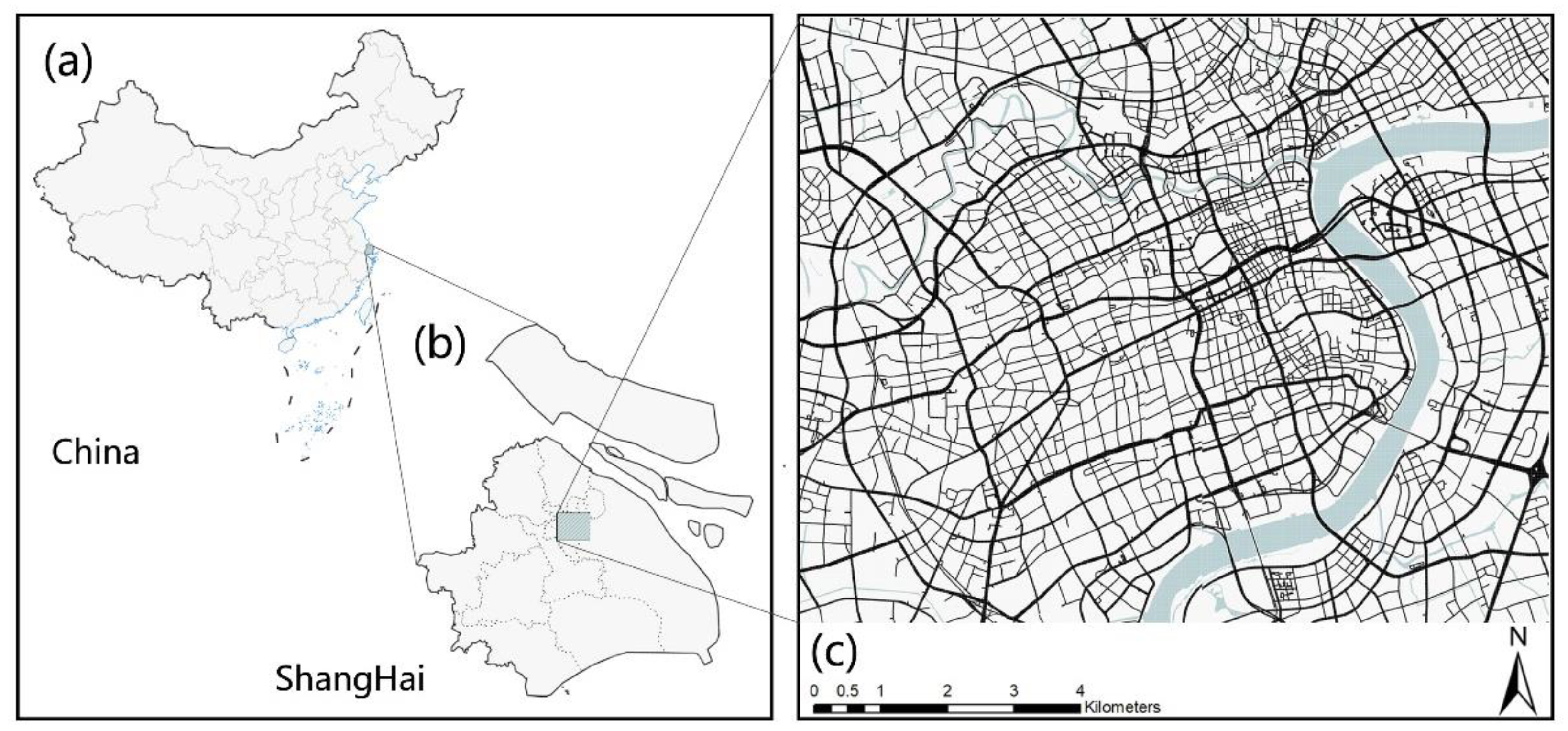
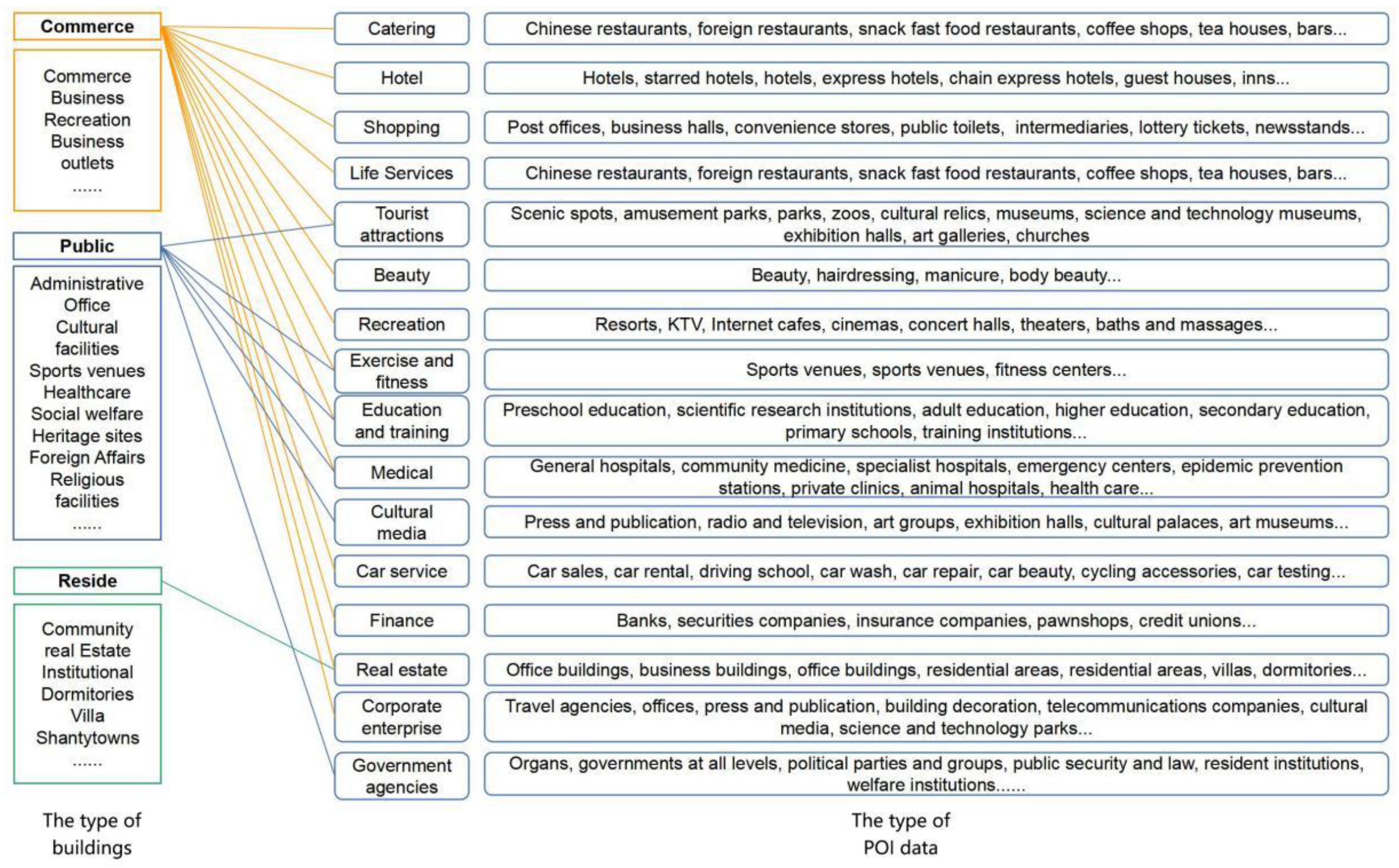
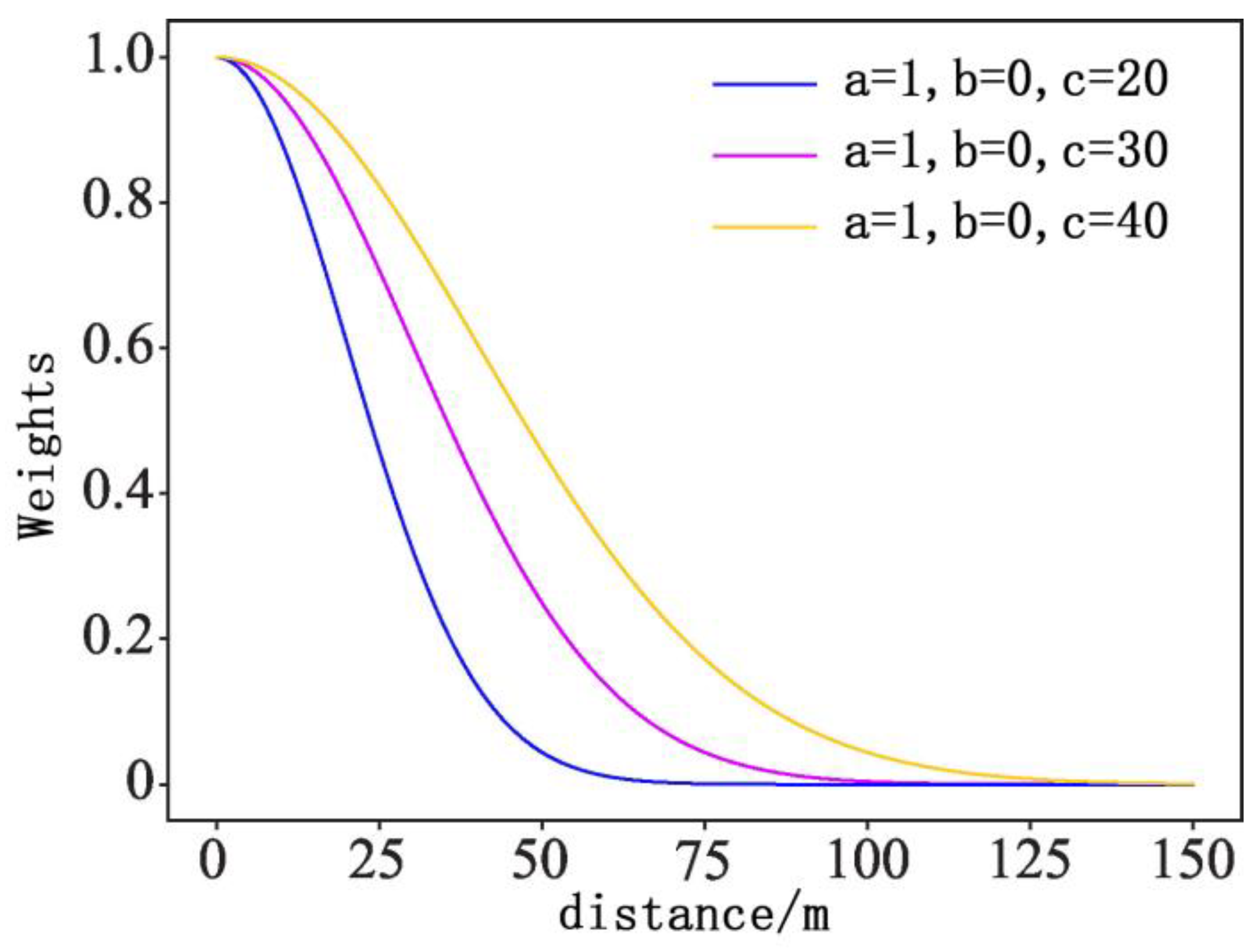

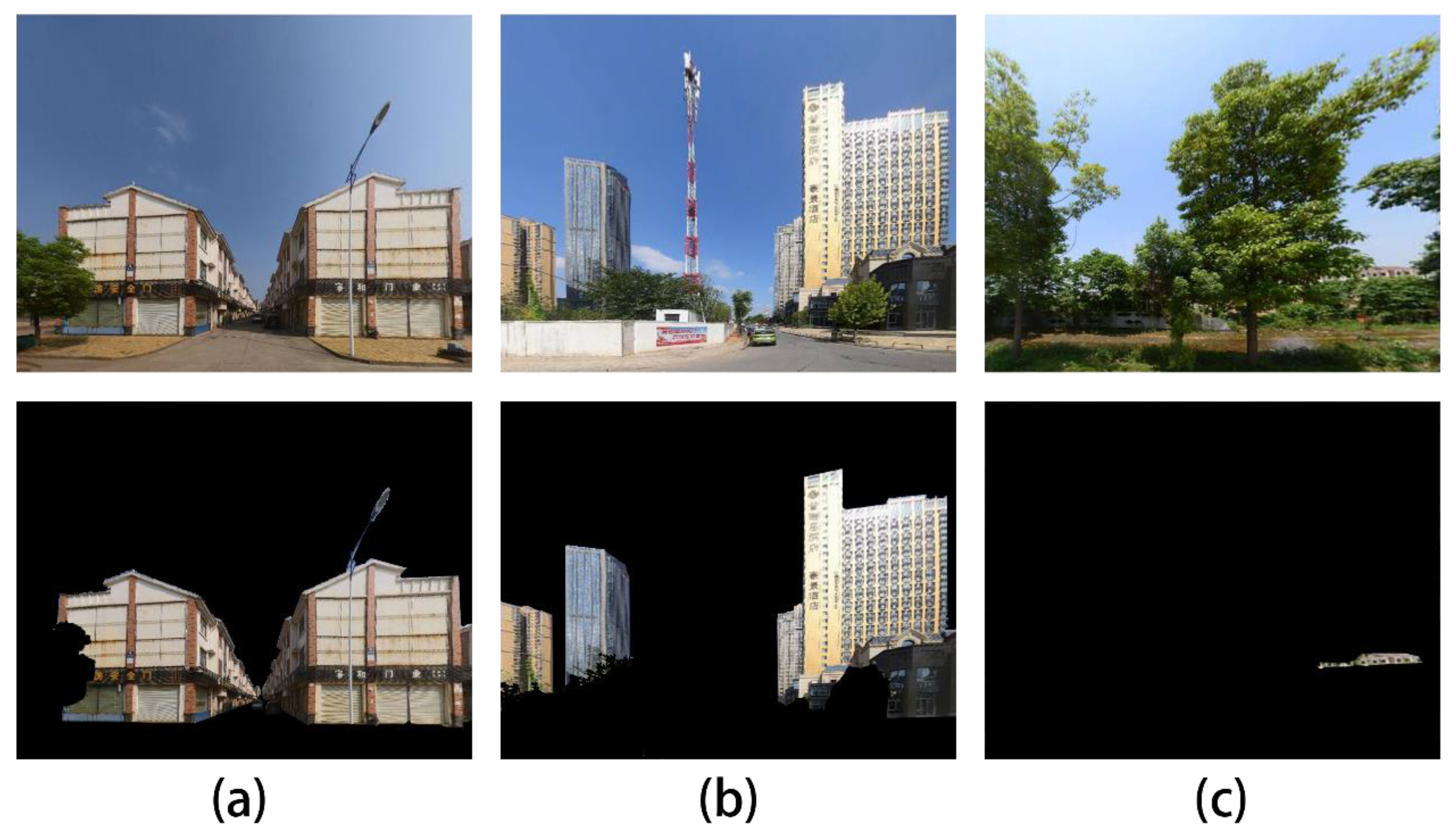
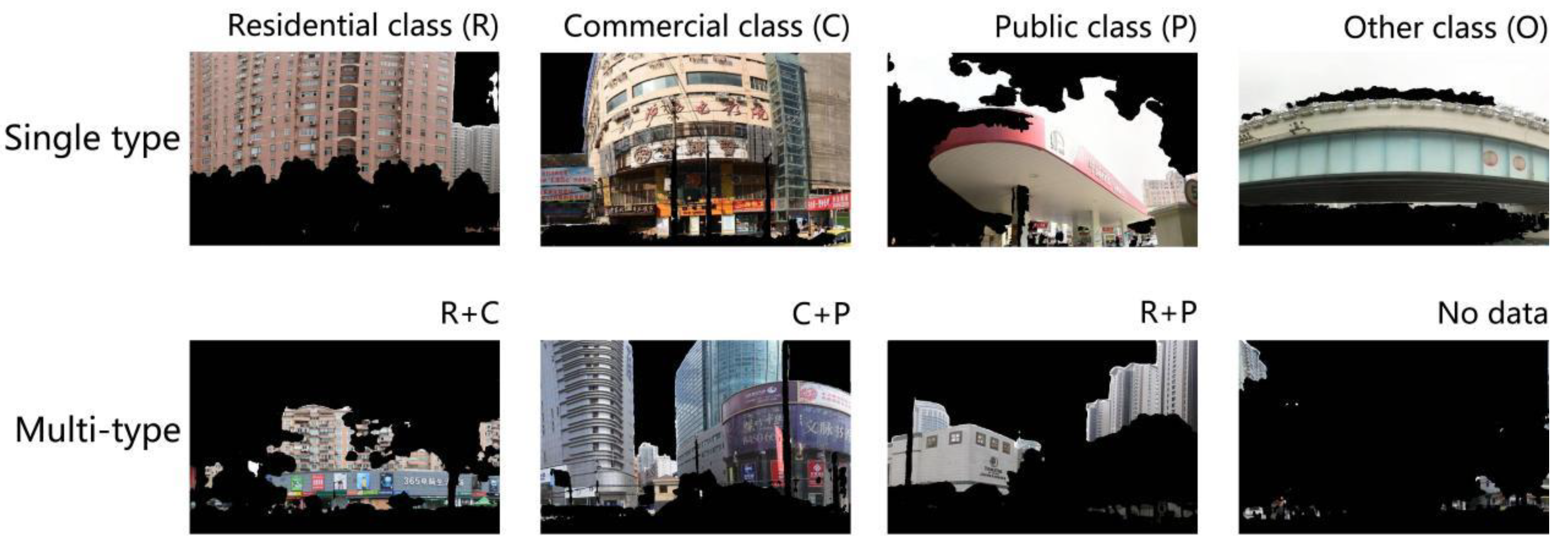
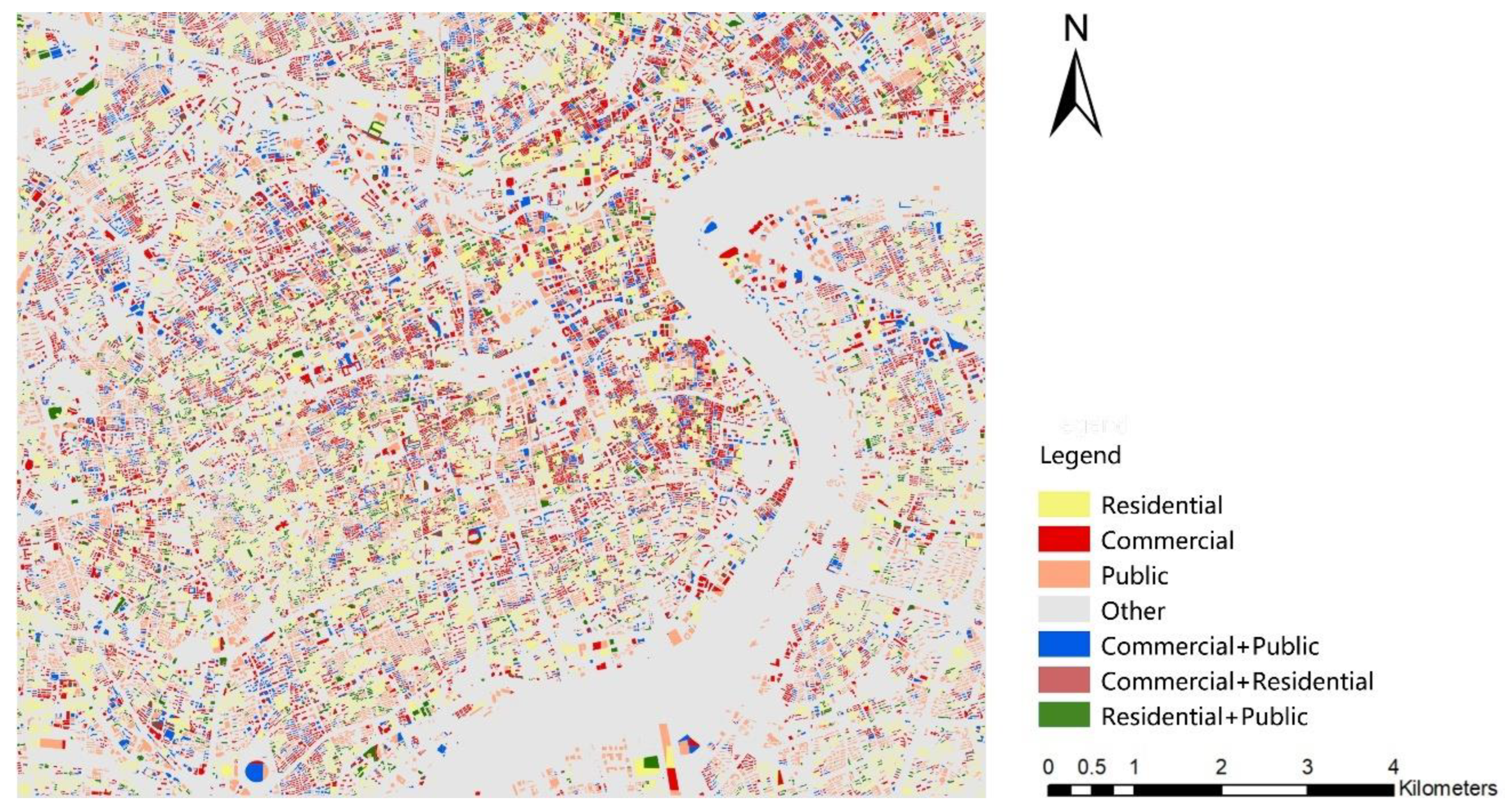
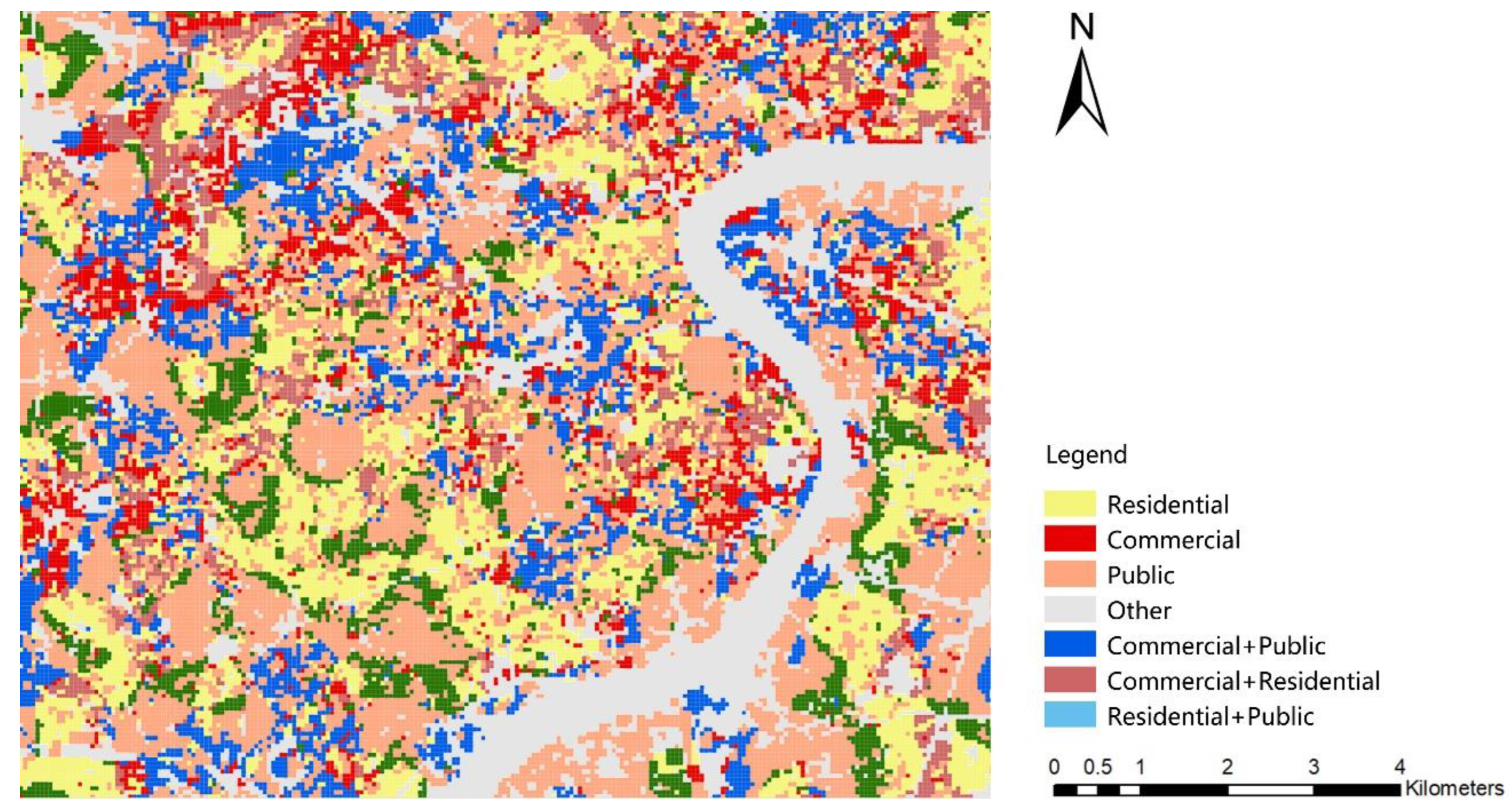
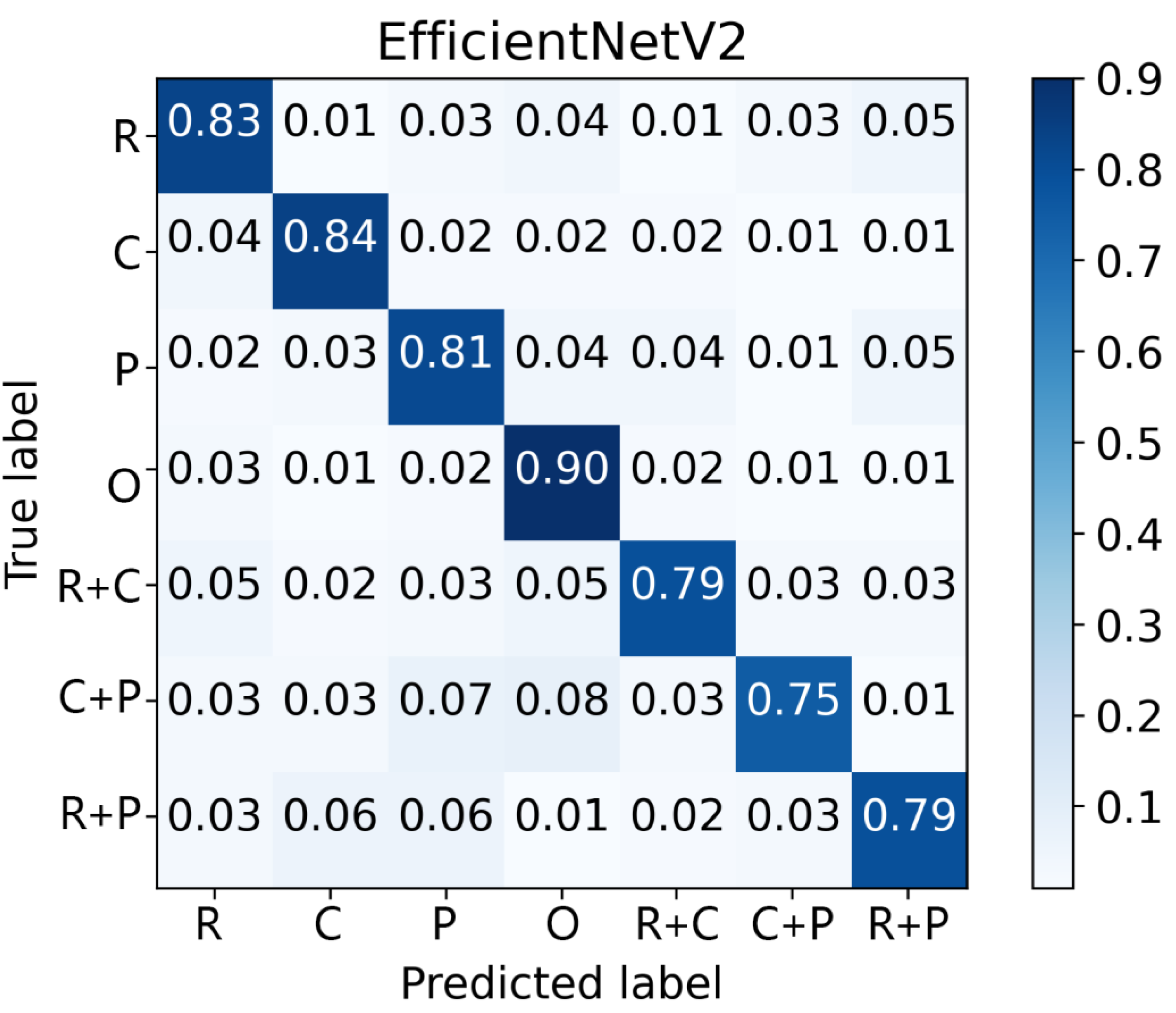
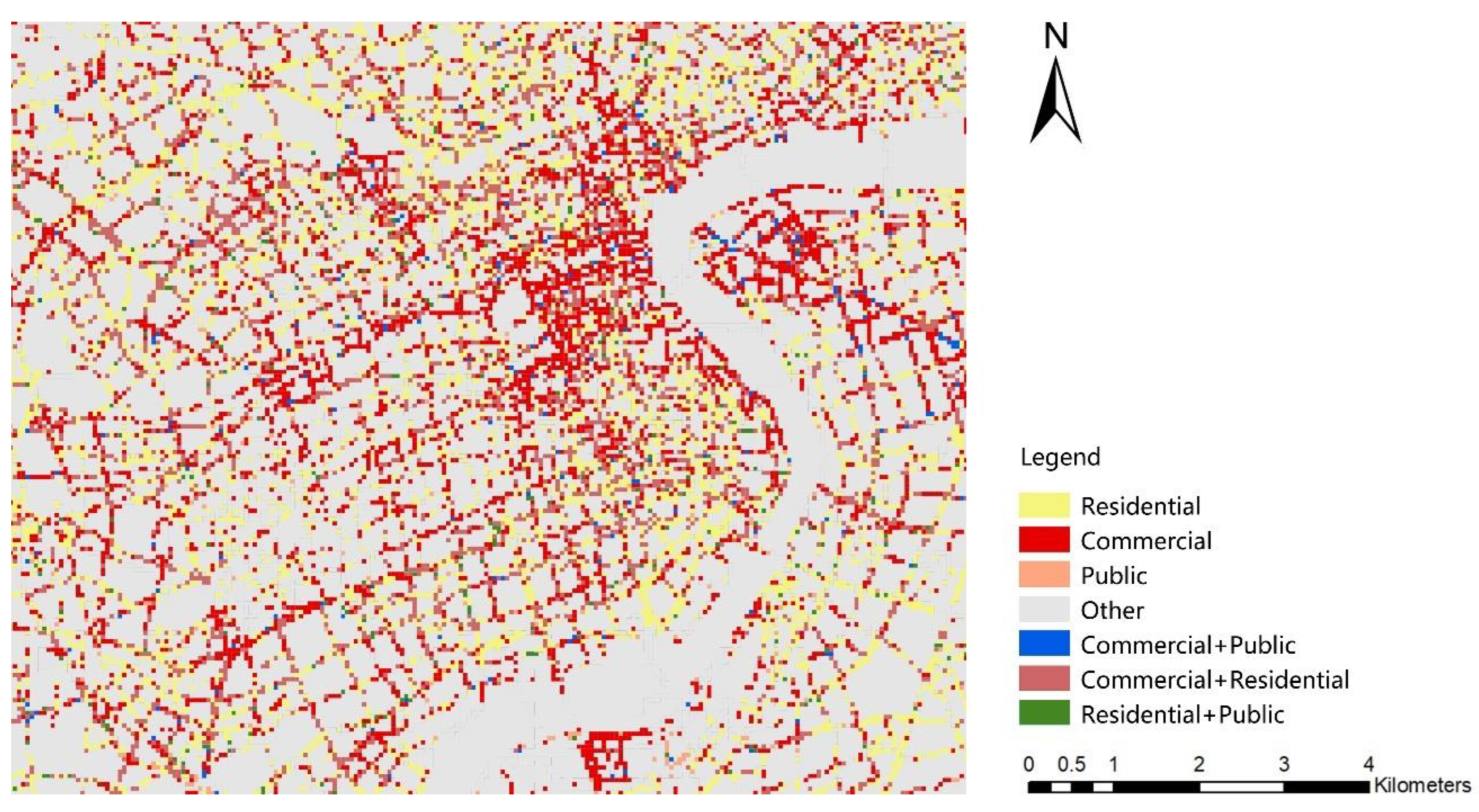
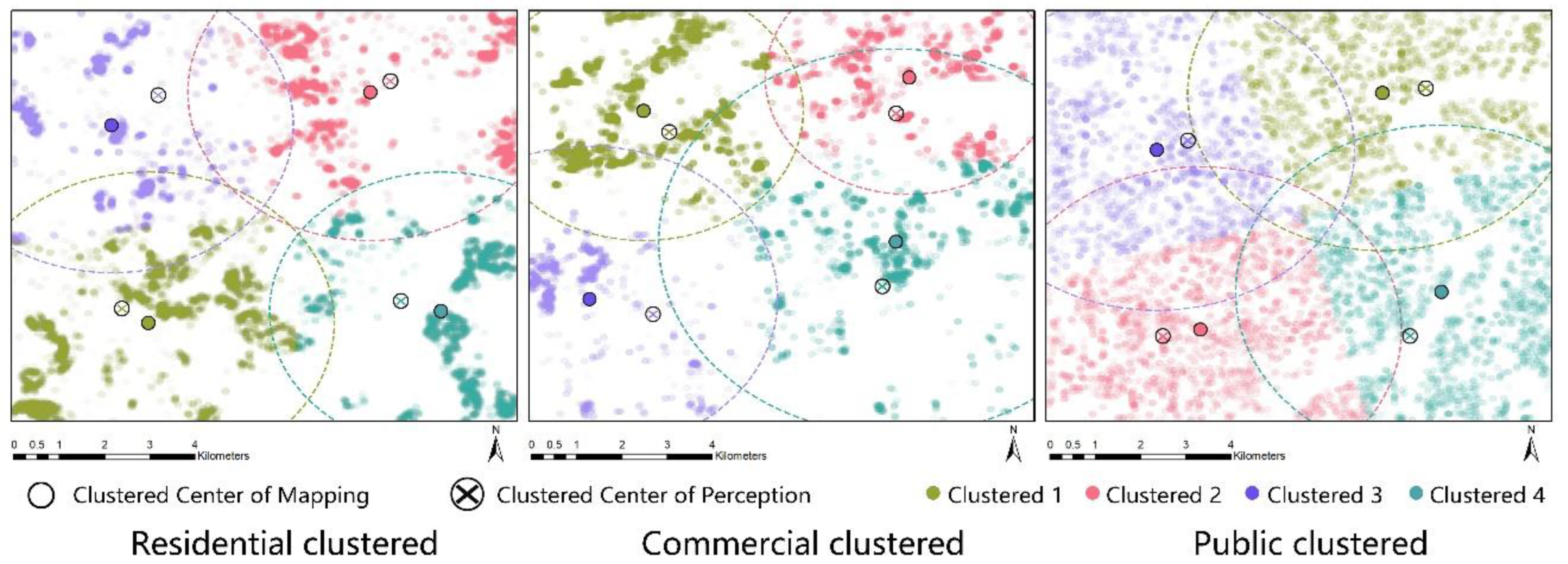
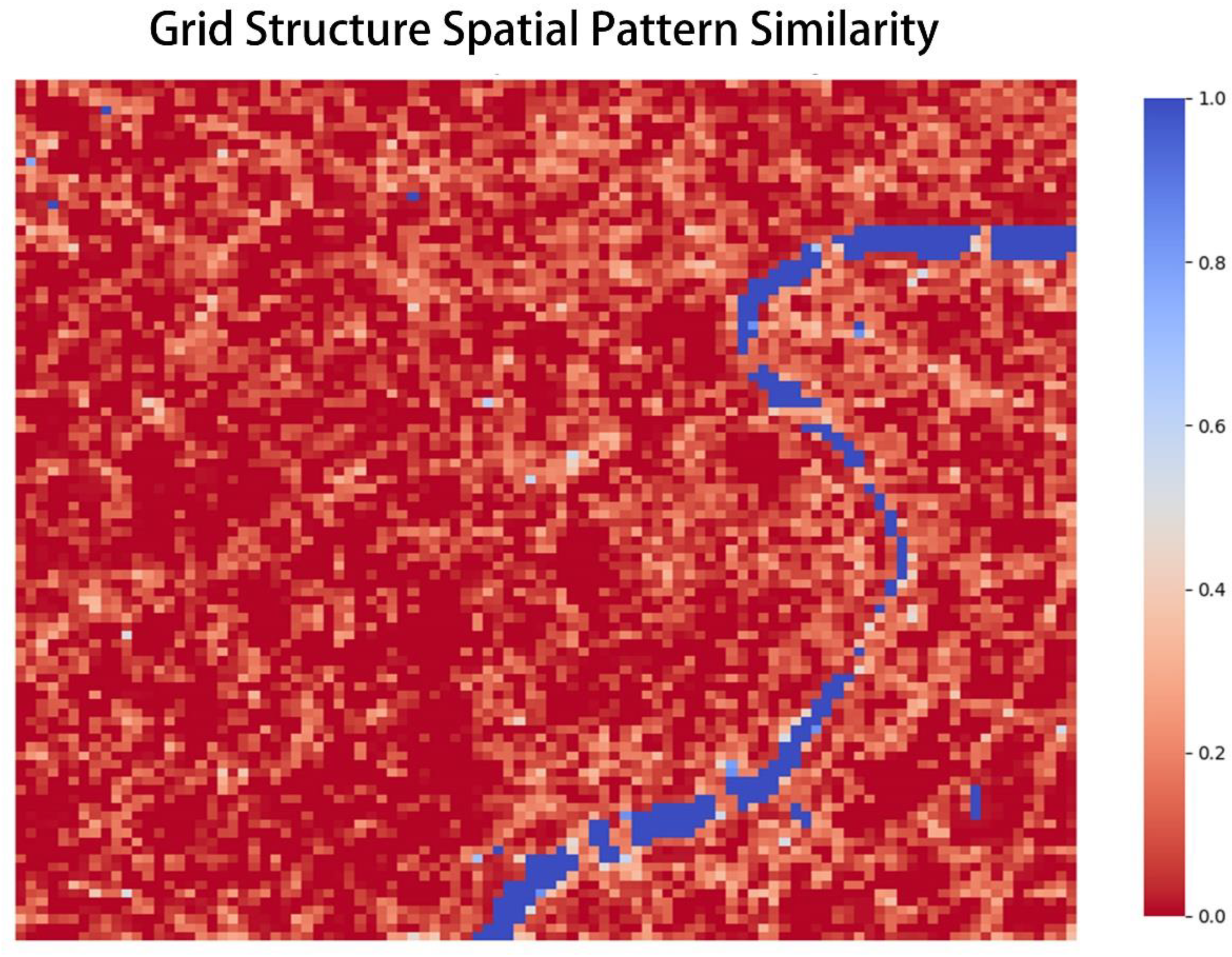
Disclaimer/Publisher’s Note: The statements, opinions and data contained in all publications are solely those of the individual author(s) and contributor(s) and not of MDPI and/or the editor(s). MDPI and/or the editor(s) disclaim responsibility for any injury to people or property resulting from any ideas, methods, instructions or products referred to in the content. |
© 2023 by the authors. Licensee MDPI, Basel, Switzerland. This article is an open access article distributed under the terms and conditions of the Creative Commons Attribution (CC BY) license (http://creativecommons.org/licenses/by/4.0/).




